Associate
Been ages since i last took a look in here, nice to see the rig more complete.
Awesome job
Awesome job






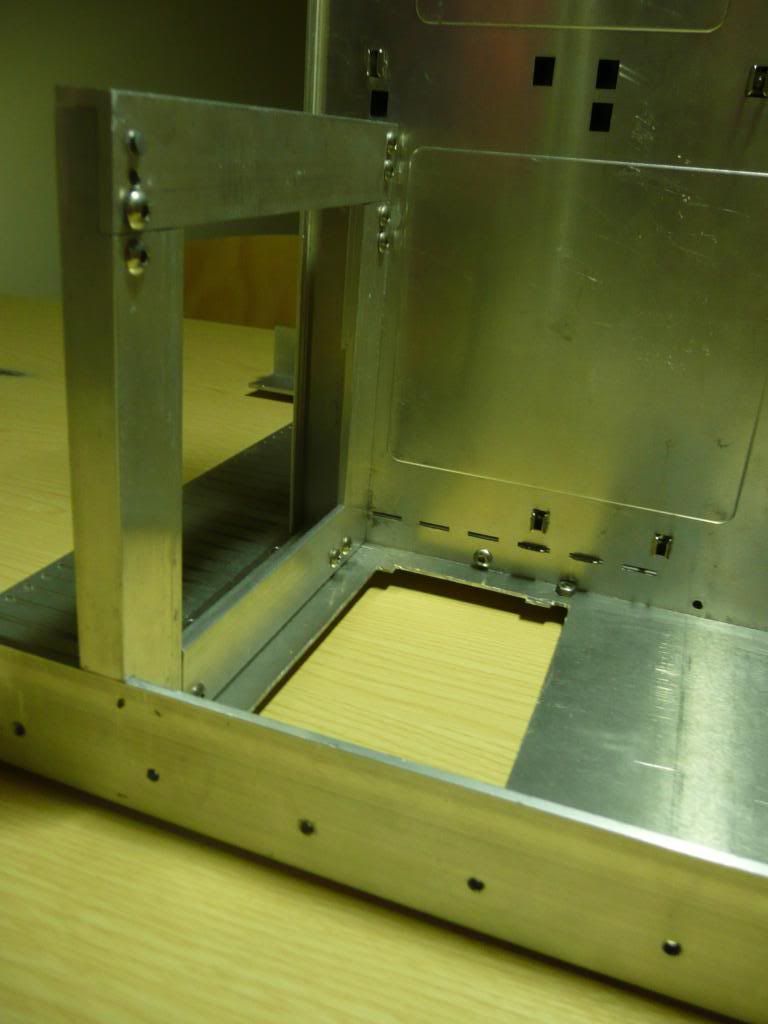






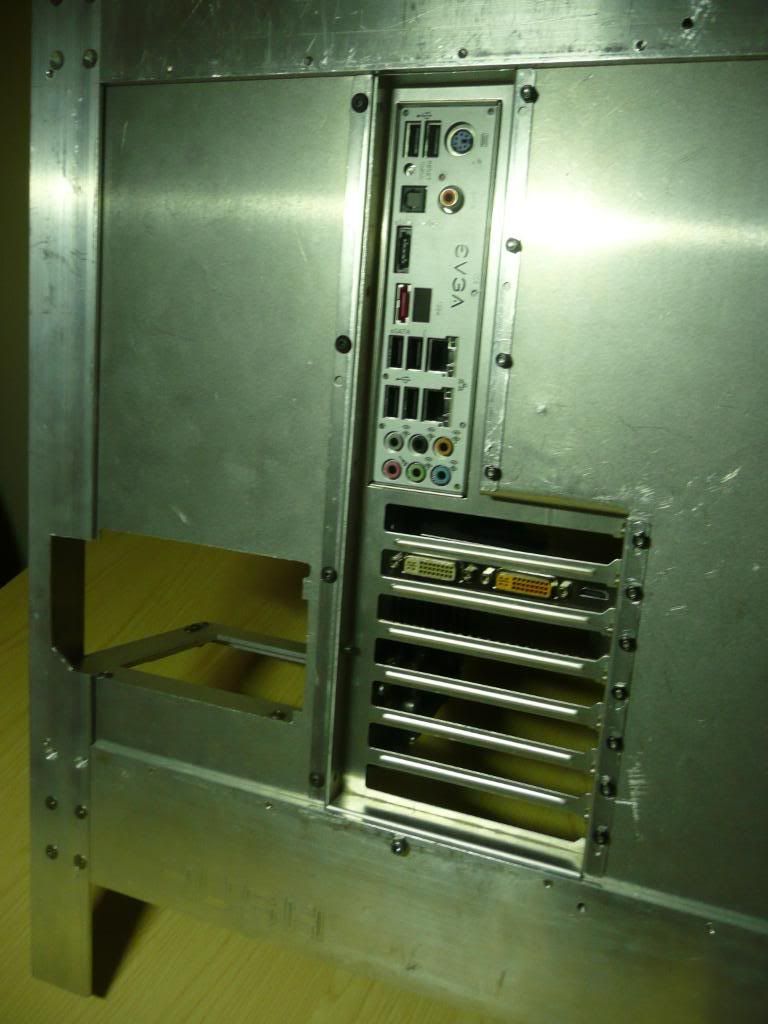








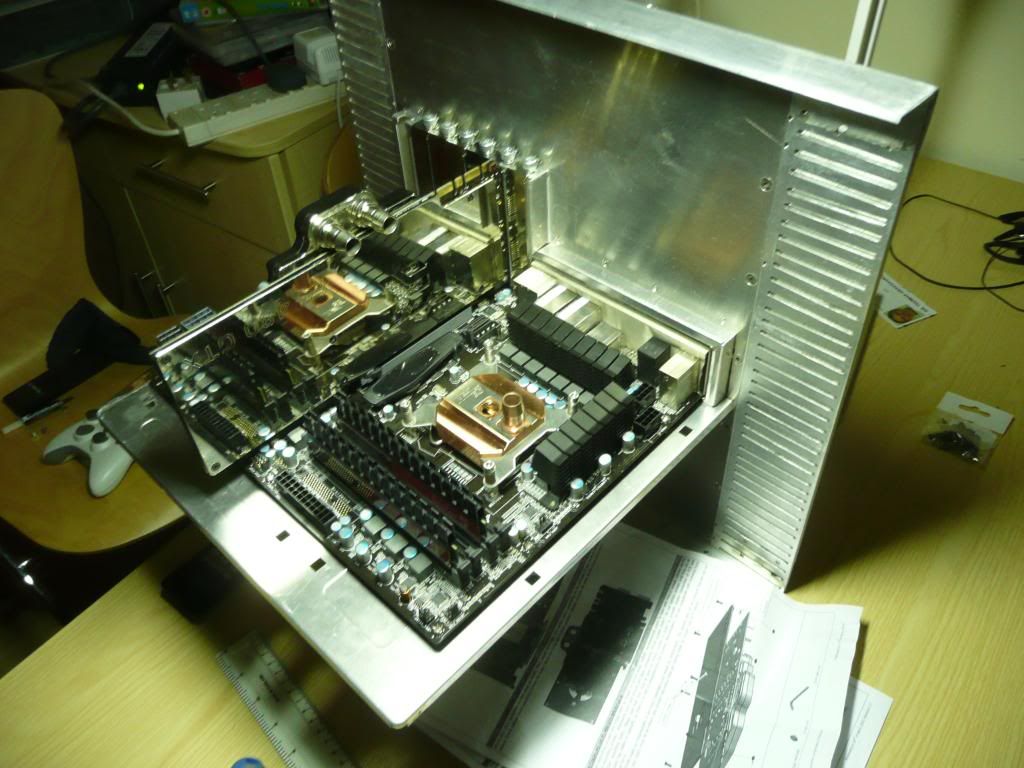


Here's the back of the case - Using countersunk screws inside means I need to have nuts on this side.
IC cooling are kind enough to send out free samples of their Thermal interface material if you agree to test it against your previous paste and send them the results.
So after sorting out the kink in the watercooling loop and testing my previous paste, MX-3, using Intel Burn Test, and using InterBurnTest and MSI Kombustor/Furmark simultaneously (to produce as much heat as possible - around 550W!) I swapped out the TIM and remounted the blocks.

Those rivet nuts aren't bad - bit big though, and I'd like to still be able to take the panels off in the future should I need to.




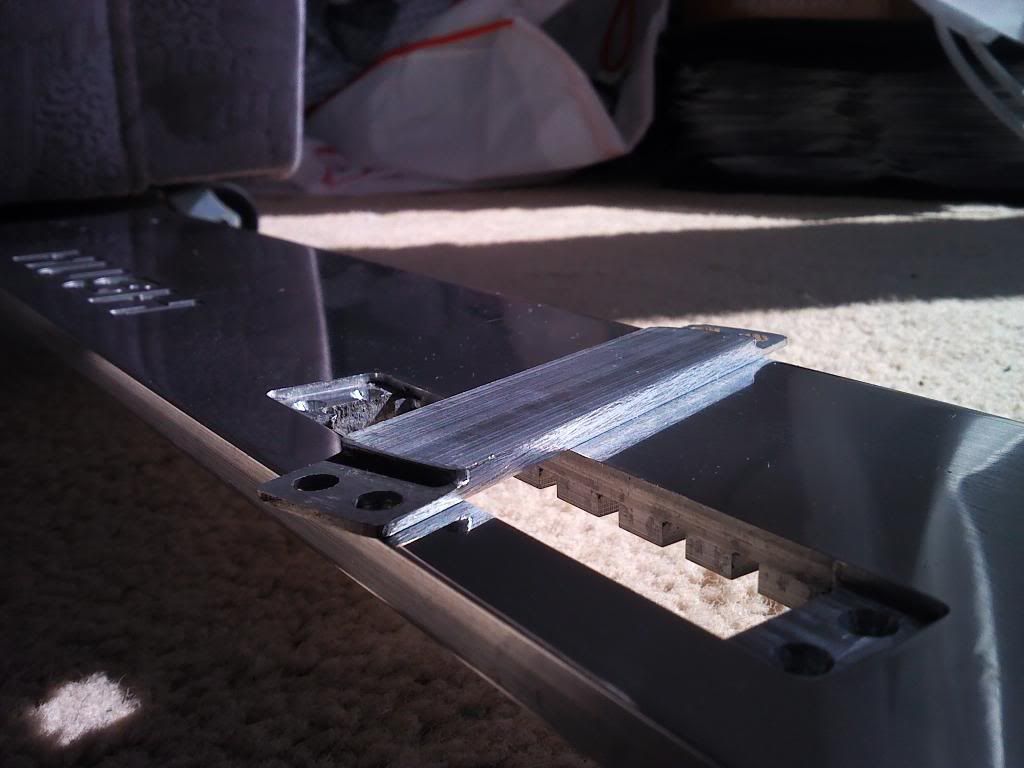
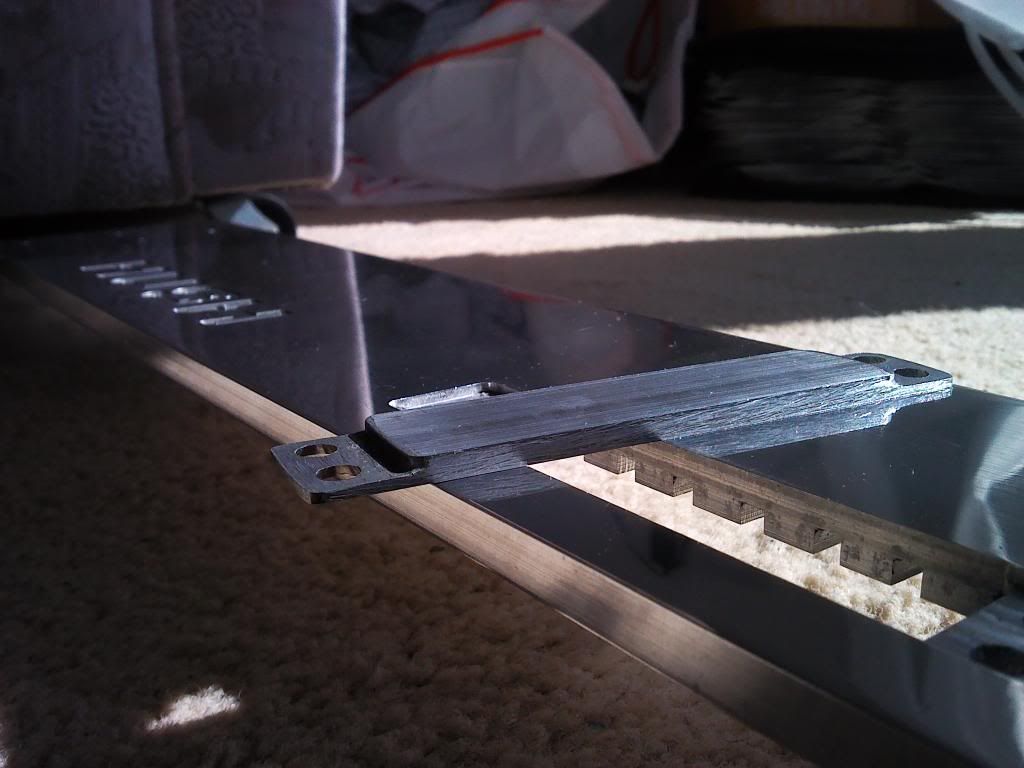

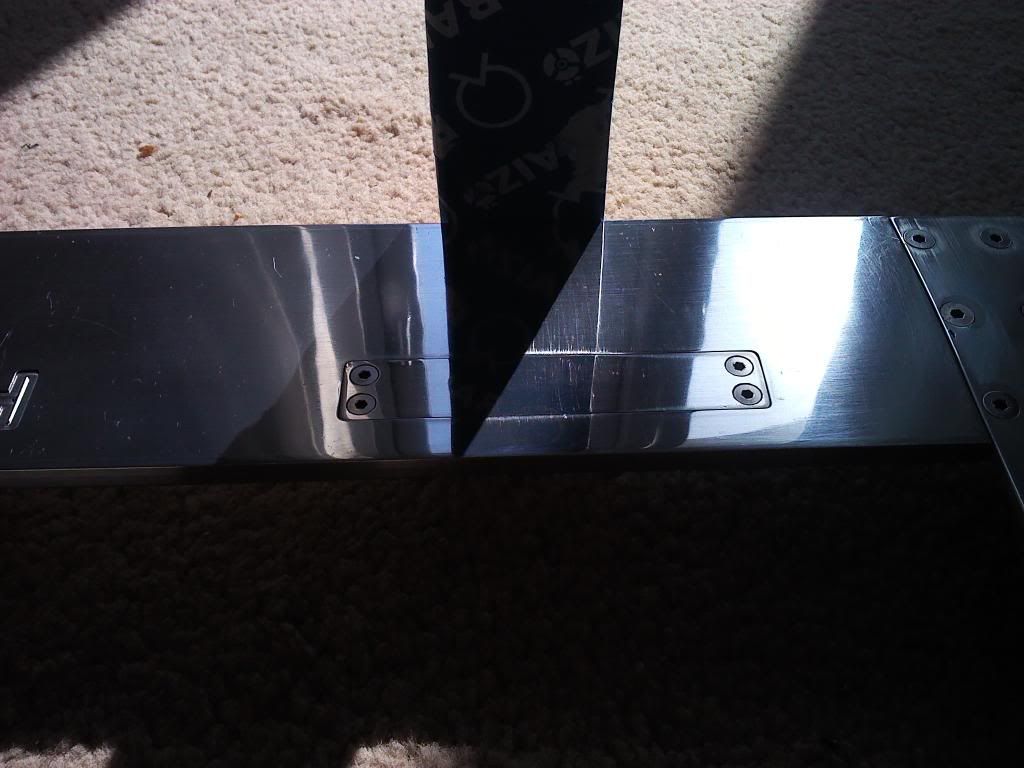




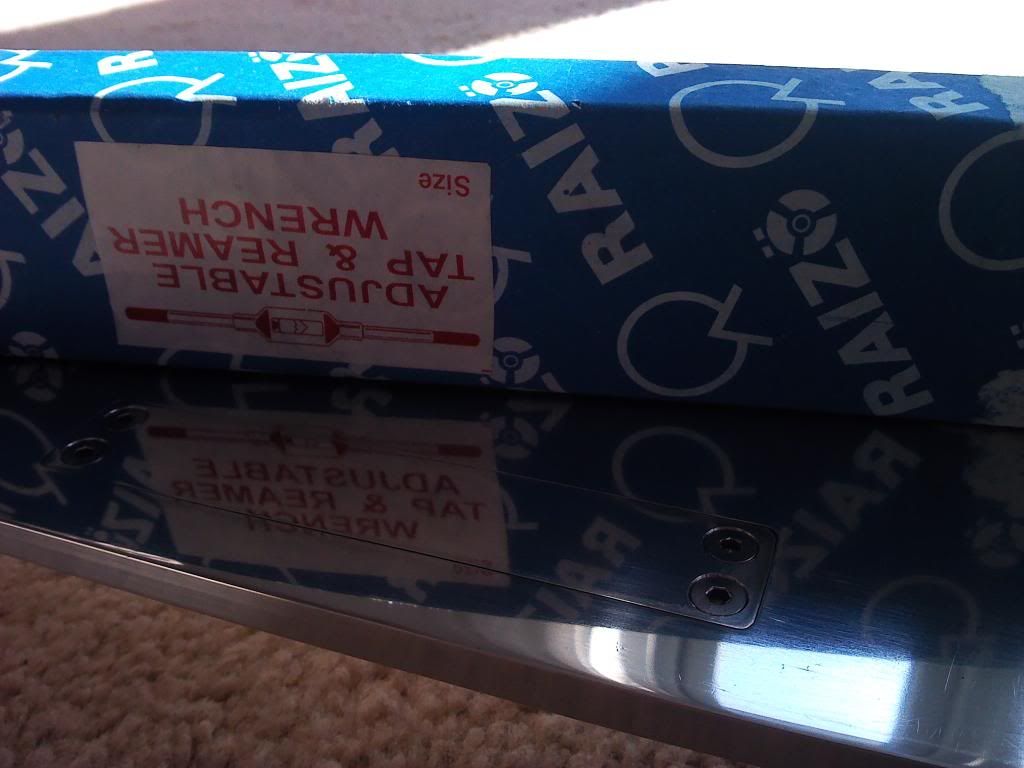



 20210719_175552_HDR
20210719_175552_HDR 20210719_175559_HDR
20210719_175559_HDR 20210720_210723
20210720_210723 Screenshots_2022-05-11-22-50-04
Screenshots_2022-05-11-22-50-04 20211031_211556_HDR
20211031_211556_HDR 20211123_005727
20211123_005727 20211123_005636
20211123_005636 20211124_232137
20211124_232137 20211121_154135
20211121_154135 20211124_232152
20211124_232152 20211219_054205
20211219_054205 20211125_205916
20211125_205916 20210822_175028_Edited
20210822_175028_Edited![[IMG] [IMG]](https://live.staticflickr.com/65535/52067401169_1e327c3eea_b.jpg) 20211101_101436
20211101_101436![[IMG] [IMG]](https://live.staticflickr.com/65535/52067169951_dbfb1981db_b.jpg) 20211031_211803_HDR
20211031_211803_HDR![[IMG] [IMG]](https://live.staticflickr.com/65535/52067657420_7213c11ac8_b.jpg) 20211101_130618
20211101_130618 20220124_125827
20220124_125827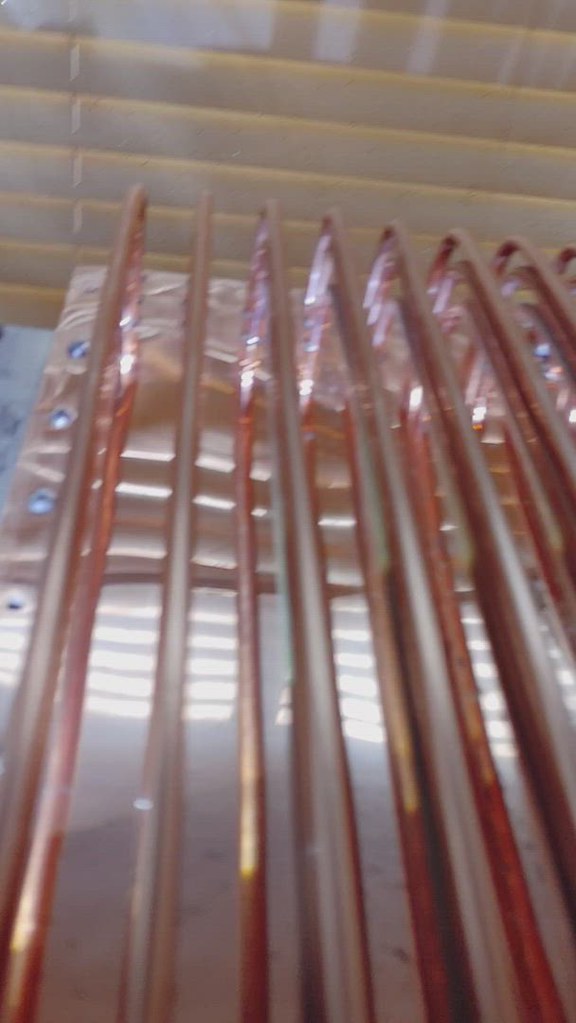 20220124_141258
20220124_141258 YouCut_20220512_013031616
YouCut_20220512_013031616 20220404_181116_HDR
20220404_181116_HDR 20220327_165039
20220327_165039 20220122_161833
20220122_161833 20220122_161934
20220122_161934 20211031_224433
20211031_224433 20211112_162027
20211112_162027 20220130_190612_HDR
20220130_190612_HDR 20211112_161905
20211112_161905 20211112_161916
20211112_161916 20220210_155437_HDR
20220210_155437_HDR 20220210_155125
20220210_155125 20220228_134132
20220228_134132 20220216_015928 Video - excuse the extractor fan noise!
20220216_015928 Video - excuse the extractor fan noise! 20220217_224259
20220217_224259 20220217_225553 (shiny, noisy video!)
20220217_225553 (shiny, noisy video!)
 20220124_125808
20220124_125808 20220217_152030_HDR
20220217_152030_HDR 20220404_181116_HDR
20220404_181116_HDR 20220317_112454_HDR
20220317_112454_HDR 20220317_112518_HDR
20220317_112518_HDR 20220317_112522_HDR
20220317_112522_HDR 20220319_162236_HDR
20220319_162236_HDR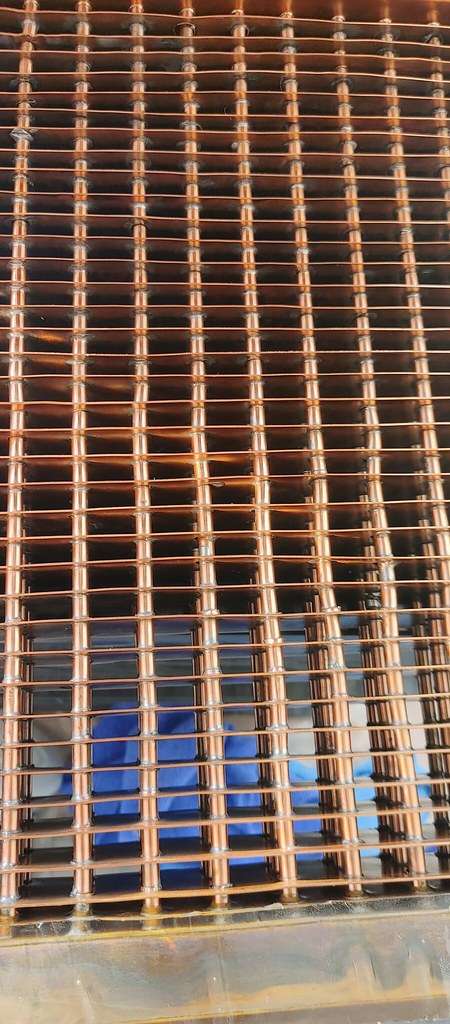 20220319_161132_HDR
20220319_161132_HDR 20220317_112647
20220317_112647 20220503_182206
20220503_182206 20220319_162630
20220319_162630
